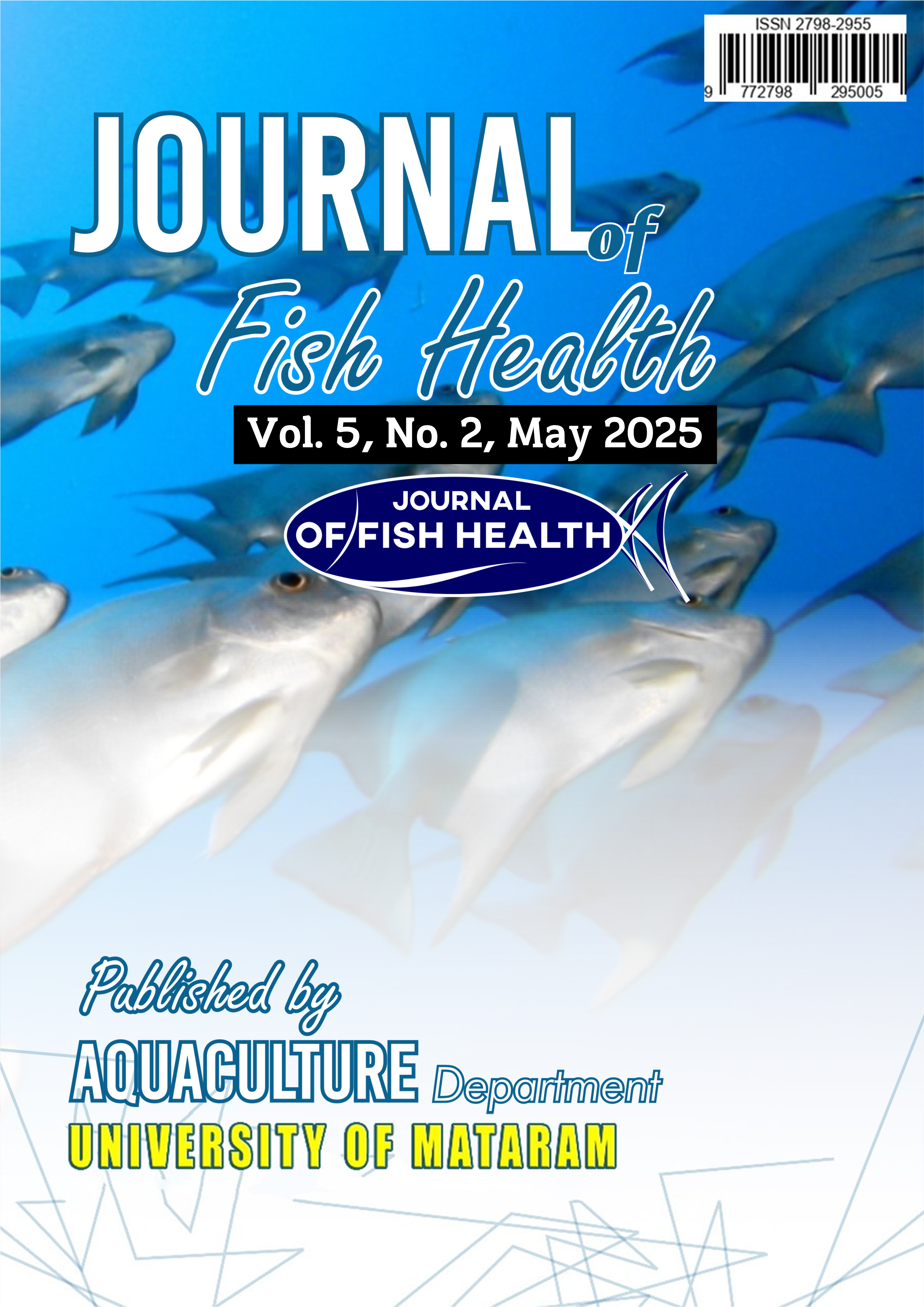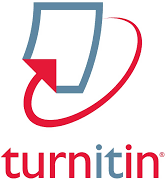Analysis of Unloading Time for Fish Catches at the Kasiwa Mamuju Fish Landing Base, West Sulawesi
DOI:
https://doi.org/10.29303/jfh.v5i2.6341Keywords:
Capture, Demolition, Kasiwa, MamujuAbstract
Kasiwa Fish Landing Base (PPI) in Mamuju, West Sulawesi, is a center of fisheries activity that plays an important role in supporting the capture fisheries sector. This research aims to analyze the efficiency of unloading fish catches and the factors that influence it. The method used in this research was purposive sampling, with respondents consisting of active fishermen and port management staff. The aim of this research is to evaluate the duration of the catch unloading process at the Kasiwa Fish Landing Base (PPI) located in Mamuju, West Sulawesi. As the fishing industry advances, the importance of efficiency in unloading procedures becomes increasingly significant to boost productivity and reduce losses. This research uses an observational method with measurements of demolition time carried out over a certain period of time, as well as quantitative data analysis to identify factors that influence the duration of demolition. This includes the type of fish, volume of catch, and weather conditions at the time of unloading. The results show that the time required for disassembly ranges from 30 to 120 minutes, depending on the variables involved. It is hoped that these findings can provide suggestions for fisheries industry players to improve operational efficiency at PPI Kasiwa and become a reference for further research in the field of fisheries and marine product processing.
Downloads
Published
Issue
Section
License
1. The copyright of this journal belongs to the Editorial Board, based on the author's consent, while the moral rights of the publication belong to the author(s).
2. The formal legal aspect of journal accessibility refers to the same Creative Common Attribution + Noncommercial + ShareAlike (CC BY-NC-SA), implying that publication can be used for non-commercial purposes in its original form.
3. Every publication (printed/electronic) is open access for educational, research and library purposes. In addition to the objectives stated above, the editorial board is not responsible for copyright infringement















